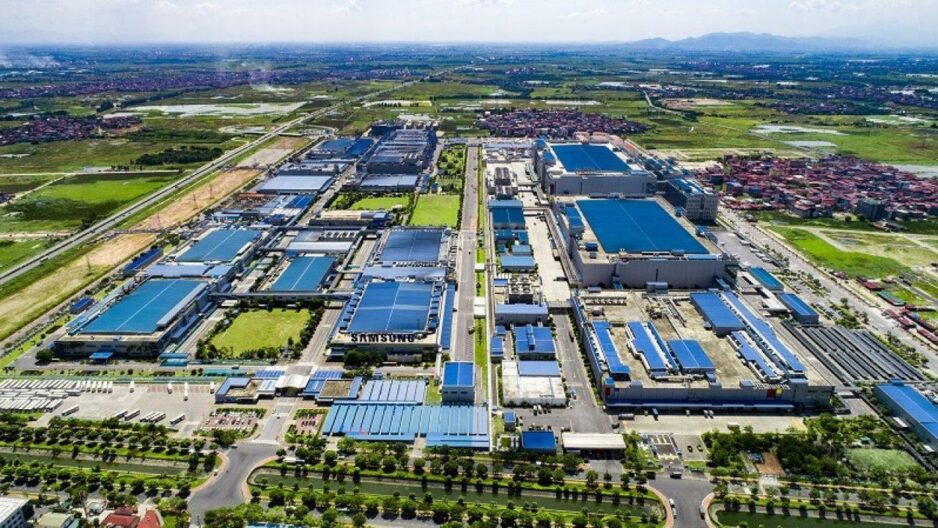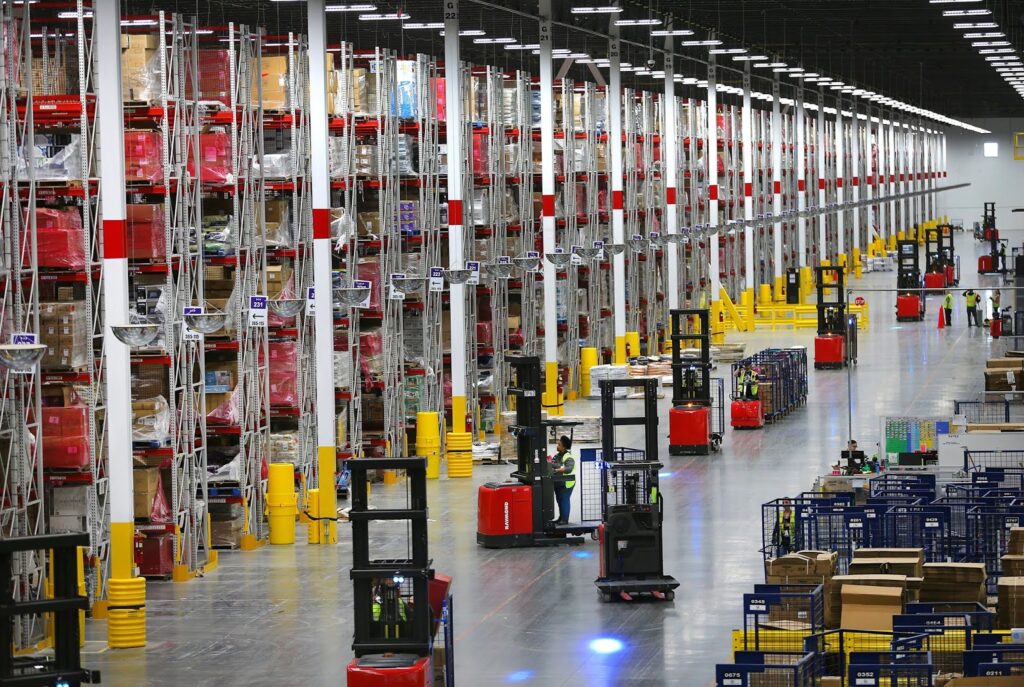One of the most culturally rich regions globally and one of the most open economies has seen a Trade-to-GDP (gross domestic product) ratio of over 130 % since 2010, leads to employment creation and income growth. Like in China, Malaysia´s ongoing economic transformation to high-income-status has been powered by openness to the world. In 2022, GDP will grow between 5.3% and 5.5%.

Malaysia is now the third biggest economy in the ASEAN bloc and the third wealthiest by per-capita income. The IMD World Competitiveness Center ranked Malaysia in the top 25 most competitive economies in 2021. In 2022, the Milken Institute ranked Malaysia number one with the most potential to attract foreign investors. The reason for this is, Malaysia has some of the best value land in the world, 90% of it freehold. This is a winning combination for foreign investors.
Furthermore, Prime Minister Sabri has committed more support for small and medium enterprises, reduce bureaucracy, provide reliable infrastructure, support private investment and develop a skilled workforce, all in line with the 12th Malaysia Plan.
However, the country´s construction and real estate industry will grow 16.5% this year. EBITDA of property developers is one of the highest in the world, reaching up to 50%, because the cost of land is one of the lowest across the globe, and majority of the land is freehold. YNH Property Berhad, a property developer listed on Bursa Malaysia stock exchange since 2003, who reaches EBITA of 15%, is looking for international business partners with strong track record and brand to help develop more iconic properties.
In the World Bank´s Doing Business Ranking, Malaysia ranks 12th. More and more companies doing business 100% online, approaching customers virtually, and creating partnerships with other companies. For example, NIRWANA, a 30years old care provider with burial and funeral services in Asia. Every year, they increase profit. Now they are looking for new opportunities, e.g. in Vietnam.
For all companies, Malaysia remains the best place to do business, because of a save and stable country, diverse ethnic mix, ample resources, friendly and adaptable people, underpinned by excellent legal and administrative infrastructure. As well as continued support for infrastructure development through government investment. Whereas RM5.5 billion were approved total investments in 2019, of which 24% were foreign investments.
Like in Thailand, the start-up ASCIRA online platform, a partner company of GTEC (German Technology and Engineering Cooperation) who helps people in Asia and worldwide to convert education into profits and lifestyle, with high multiplier effects and strong demand in e-commerce, social media, e-learning, tourism, travelling, WOM (words of mouth), also boosting the economic growth. Details see https://www.linkedin.com/showcase/ascira-asia/?viewAsMember=true.
Automotive Industry
As in Indonesia, India, Thailand, Japan, Hongkong and Singapore, traffic in Malaysia is on the left. However, Philippines and Vietnam drive on the right.
Malaysia has about 800 automotive suppliers. Technology-driven trends such as multi-mobility, autonomous driving, electrification and connectivity are expected to shape the industry in 10 to 15 years. The National Automotive Policy (NAP) said in 2020, further development includes three new elements:
1. Next-Generation Vehicle (NxGV) such as electric and hybrid vehicles,
2. Mobility as a Service (MaaS)
3. Industry 4.0.
Malaysia’s national car company PROTON is expanding production of EEVs. It is located about 5km north of Tanjung Malim, and 90km from Kuala Lumpur, 210 km from Penang. Besides the RM1.8bil Proton car assembly plant, it also houses Universiti Pendidikan Sultan Idris. The PROTON plant in Tanjung Malim is fully automated, using robotic technology and designed for high production volumes and efficiency, using lean manufacturing processes.
Since 2018, Sime Darby Motors and BMW Group Malaysia have officially launched and opened the Sime Darby Auto Engineering (SDAE) Engine Assembly Facility in Kulim, Kedah, which assembles three- and four-cylinder petrol engines, four-cylinder diesel engines as well as three- and four-cylinder petrol engines for plug-in hybrid. This plant is located 35 km distance to Penang. Company ZF, a supplier of BMW, has settled their plant at Kulim as well.
Locations of more automotive companies and their suppliers you will find on following maps:
Additionally, following tables show locations, manufacturers and car types (status 17 February 2022):
Indeed, Full-Year sales for 2021 have been 501,972, reporting a 5.2% decrease compared to 2020.
Brand-wise, this year the leader Perodua (-13.6%) lost 3.6% market share and reported the worst performance on the leaderboard, followed by Proton (+2.9%), which gained 1.8% share. Toyota gained 22.4%, gaining 3.2% share. Honda fell in 4th place (-12.3%), followed by Mitsubishi which reported the best performance on the leaderboard gaining 90.9% rose 2 spots.
Nissan -down 1 spot- lost 13.2%, followed by Mazda -down 1 spot- which lost 12.2%, and Isuzu which gained 6.9% sales. Closing the leaderboard we have Ford losing 11.7% and rising 1 spot, and Hino entering the leaderboard and gaining 15.1%.
SOURCES:
Source: The International Investor, Newsweek 10.6.2022
For details and sources, please see following additional links:
- · https://www.mida.gov.my/de/success-stories/proton-holdings/, Malaysia Invest
- · https://kereta.info/proton-city-tanjung-malim-project-will-be-accelerated-by-drb-hicom/
- · https://www.marklines.com/en/global/mys
- · https://www.focus2move.com/malaysian-vehicles-market/
Asia Expert for Supply Chain, Process Optimization and Business Development/ Executive Consultant Automotive Industry/ Author “Effective Cost Cutting in Asia”, “Management in China”
Experts in the Automotive Industry Asia
You need one, but don`t want to hire one permanently?
Our solution: To rent our experts
- On pay-to-use basis
- Completely flexible
- Contract can be cancelled any time
Clearly represented reports and dashboards inclusive!











